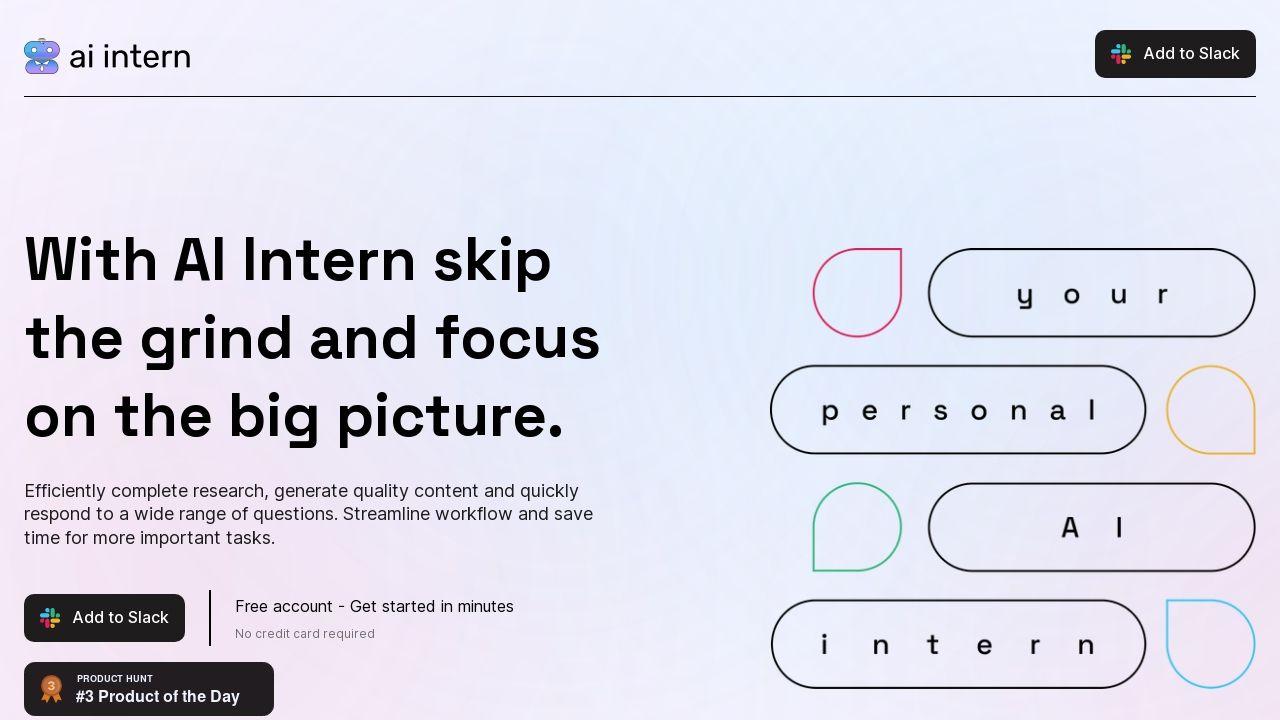Have you ever felt like there just aren't enough hours in the day? Between juggling work, personal responsibilities, and the endless stream of tasks that pile up, it's easy to feel overwhelmed. What if there was a way to lighten the load -- not by working harder, but by working smarter? Enter artificial intelligence (AI), a innovative tool that's no longer reserved for tech experts or sci-fi movies. Today, AI is accessible to everyone, and it's here to help you reclaim your time, streamline your efforts, and even tackle those tasks you've been putting off. Sounds promising, right?
In this guide, Peter Akkies explores how AI can transform your productivity, breaking it down into three levels of tools that cater to different needs and goals. Whether you're looking for simple ways to save time on everyday tasks or advanced solutions to supercharge your workflow, there's something here for everyone. Along the way, we'll share real-world examples and practical tips to show you how AI can fit seamlessly into your routine. By the end, you'll see that AI isn't just a buzzword -- it's a powerful ally in navigating the demands of modern life.
Foundational AI tools are designed to simplify routine tasks, making them an excellent starting point for individuals new to AI. These tools focus on basic functionalities such as writing assistance, summarization, and search optimization, helping you save time and effort.
For example:
These tools are ideal for handling everyday tasks more efficiently, acting as a stepping stone to more advanced AI applications. They introduce the potential of AI without overwhelming complexity, making them accessible to a wide range of users.
As you become more comfortable with AI, advanced tools offer the ability to automate complex workflows and manage tasks with greater precision. These tools go beyond basic functionalities, seamlessly integrating into your professional life to enhance efficiency and decision-making.
Examples include:
These tools are particularly valuable for professionals managing multiple projects or teams. By reducing manual effort and delivering data-driven insights, they empower you to focus on strategic priorities and make informed decisions.
Take a look at other insightful guides from our broad collection that might capture your interest in AI productivity tools.
At the most advanced level, AI evolves into a collaborative partner, offering context-aware assistance and adapting to your unique needs. These tools provide deeper insights and personalized support, making them indispensable for tackling complex challenges.
Key features include:
These tools are designed to address both professional and personal development needs. By acting as a collaborative assistant, AI enables you to achieve more with less effort, enhancing productivity and creativity.
AI productivity tools can be applied across various domains, offering practical solutions to enhance efficiency and effectiveness. Here are some ways you can use these tools:
By delegating routine and time-consuming tasks to AI, you can focus on activities that require creativity, critical thinking, and strategic planning.
While AI offers numerous benefits, it also presents challenges that must be addressed to ensure effective and responsible use. Understanding these considerations will help you make informed decisions when adopting AI tools.
By addressing these challenges proactively, you can use AI tools responsibly and effectively, making sure they align with your goals and values.
In today's fast-paced and competitive world, AI has become a critical skill for professionals and individuals alike. By adopting and mastering AI productivity tools, you can unlock new levels of efficiency, creativity, and innovation. Whether you're automating tasks, gaining insights, or personalizing assistance, AI offers fantastic potential to reshape how you work and live.
To fully harness this potential, commit to continuous learning and experimentation. As AI technology evolves, so will the opportunities it provides. By staying ahead of the curve, you can ensure that AI becomes an integral part of your productivity toolkit, empowering you to achieve more with less effort and positioning yourself for success in the future of work.


